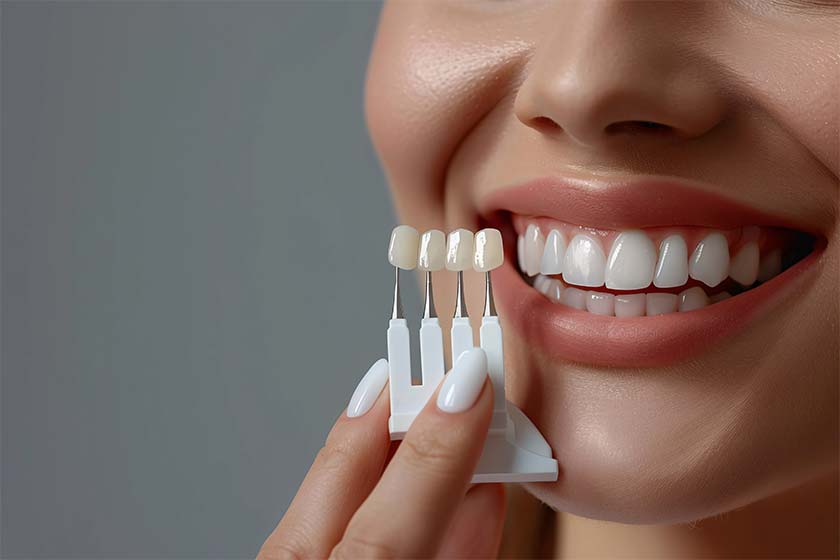Smiling is not only a reflection of happiness; it is also one of the cornerstones of personal expression and self-confidence. Moreover, it is one of the most important elements of a first impression. A sincere smile is a powerful tool that reinforces communication in the initiation and maintenance of human relationships. Therefore, a balanced and healthy smile is significant both for psychological well-being and social interactions.
With the advancement of modern techniques, the concept of aesthetic dentistry and smile design has emerged. Smile design is a holistic approach that enhances the appearance of teeth by considering their shape, size, color, and alignment, while also taking into account the individual’s facial structure, personal characteristics, skin tone, lips, and jaw structure. At the same time, it aims to improve dental health. With smile design, the goal is to achieve a personalized plan and outcome that is both aesthetic and functional.
Smile design is much more than just an aesthetic-focused approach. It provides psychological support that enhances self-confidence in school, work, and private life, and alleviates social and emotional concerns. For someone who has hidden their smile for years due to dissatisfaction, being able to smile freely or feel happy when looking in the mirror is undoubtedly a positive development that improves mental health and quality of life.
The process of smile design is entirely tailored to the individual and involves multiple stages. Each step aims to achieve the most ideal result both aesthetically and functionally. The first step of this journey is a comprehensive examination and evaluation by the dentist. Supported by digital photographs, this stage involves a thorough analysis of the individual’s dental structure, facial features, expectations, and all relevant factors.
After the detailed analysis, the process moves on to digital planning and simulation. Thanks to technology used in modern dentistry, the new smile is created in a digital environment. With digital smile design, the patient can preview what their smile will look like after the treatment. The design can also be revised based on the patient’s expectations.
Following the digital visualization of the personalized smile design, the application phase begins. This stage includes various aesthetic and restorative procedures such as laminate veneers, zirconium crowns, teeth whitening, gingival aesthetics, and, if necessary, implants or orthodontic treatments. The necessary treatments are determined in the initial stage and carried out according to the patient’s specific needs.
The final step of smile design is the control evaluation. During this phase, all aspects of the treatments—such as aesthetics, functional harmony, bite alignment, chewing, and overall appearance—are checked. Any minor adjustments needed are made at this point. Ensuring each step is carried out correctly not only enhances the aesthetic and natural appearance but also supports long-lasting results.
After completing the smile design, it is essential to maintain good oral hygiene habits in order to preserve the new smile for years to come. Regular brushing, flossing, dental check-ups, and professional cleanings are indispensable for maintaining both oral health and the aesthetic outcome.
For everyone, smiling creates a sincere and natural impact. Sometimes, a small touch can completely transform a smile. The most beautiful smile is the one in which a person feels most comfortable and free. Smile design, with the guidance of an experienced dental team, can be the start of a beautiful transformation and a new beginning.







Leave A Comment